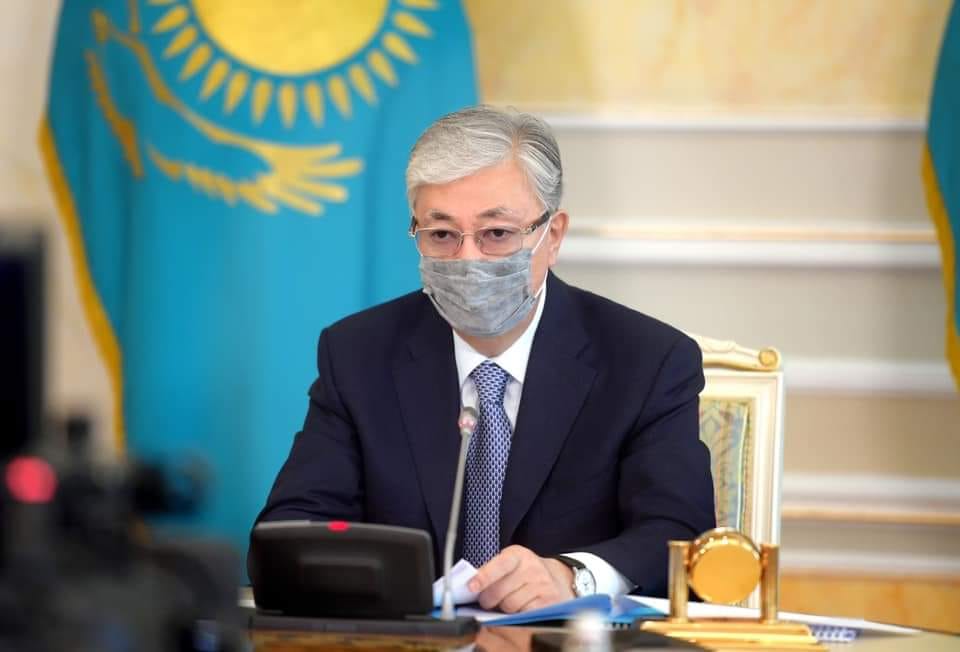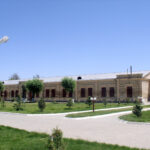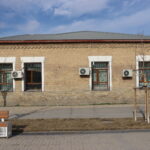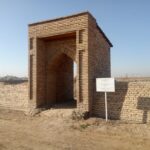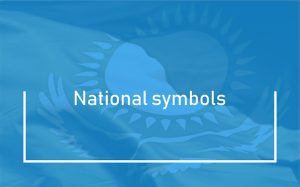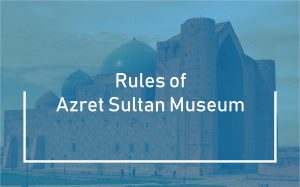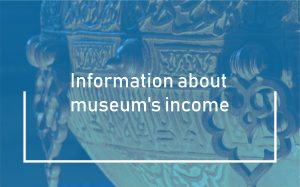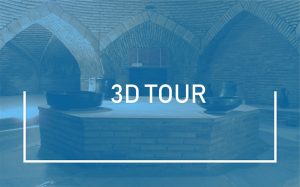The article of the President of the Republic of Kazakhstan Kassym-Zhomart Kemelovich Tokayev «Independence is the most precious thing» published in the newspaper «Egemen Kazakhstan» deeply analyzes the achievements and goals of the revived Kazakh statehood under the banner of Independence for 30 years. Indeed, the Republic of Kazakhstan, which paved the way for the future through the narrow path of the past and the new era, has revived the roots of each industry. In particular, the direction of research, study, reconstruction of history has gained momentum, and the historical chronicle of our roots has begun to reveal its secrets. This is evidenced by the revival of the mausoleum of Hodja Ahmed Yasawi in Turkestan and the surrounding historical and cultural sites, the revival of archeological excavations.
In his article, President Kassym-Zhomart Tokayev said, “Once upon a time, the Cultural Heritage Program opened the way for an inventory of the nation’s genealogy. Domestic historical science is developing with a new impetus, and many studies have been conducted in various areas. Many previously unknown historical data and archeological treasures have been found. News has been revealed that our history goes back thousands of years. Such fundamental initiatives of the President have made a significant contribution to the revival of the historical consciousness of our people. Volumes of works under the program have been published, ”he said.
In this regard, we would like to dwell on a number of activities carried out on the territory of the reserve-museum «Azret Sultan».
The study of the original history of Turkestan is one of the most important issues of historical science. Turkestan is one of the few cities in Central Asia and Kazakhstan that flourished and, like other settlements, did not disappear from the stage of history.
The history of the city, first called Iasi and then Turkestan, is very deep. The place of the ancient Iasi is Kultobe. Other ancient and medieval settlements around modern Turkestan: Sidak Ata, Shoitobe, Karashyk — I, II, Tortkultobe — I, II are under archeological study. And Iasi is an urgent task in the study of the history of Turkestan in the XV-XVIII centuries. This is because the city has undergone significant changes at different times. During the reign of the Kazakh Khanate, Iasi became the capital of the Kazakh Khanate from a small winter level. By studying the current history of the city, it is possible to recognize the aspects of the life of our native state.
There were maslikhats that decided the fate of the country, kurultai elected by the khan.
Kultobe ”settlement (middle of the 1st millennium — XIII century) is a monument of republican significance in the list of monuments of the State Historical and Cultural Reserve-Museum“ Azret Sultan ”and the site of the oldest city in Kazakhstan.
Archaeological excavations in the citadel of Kultobe have been gaining momentum since 2010 under the Cultural Heritage Program. During these years, a rare temple (or later) resembling a four-leafed flower, built in the I-III centuries, was demolished with outbuildings and corridors, a courtyard and a mound surrounding the southern surface.
The excavations date back to the I-III centuries, IV-VI centuries AD. and VII-IX centuries. were found.
Archaeological excavations in Kultobe on the basis of the three-year development plan for 2019-2021 for the reconstruction of historical and cultural sites of the reserve-museum «Azret Sultan» of the Ministry of Culture and Sports of the Republic of Kazakhstan in Turkestan have achieved special results. In 2019, the location of the houses of the Kazakh and Kokand khanates in the town of Kultobe was determined, and last year on the territory of the reserve-museum «Azret Sultan» two sensational discoveries were made.
One of them is a medieval khanaka, the next is a caravanserai, a bathhouse, a ceramic workshop, a school and a private khan’s prayer room and military towers along the medieval main street to the Zhety Ata Gate. rooms.
Also, a project of the Ministry of Culture and Sports of the Republic of Kazakhstan to identify and restore historical sites of the State Historical and Cultural Reserve Museum «Azret Sultan» was prepared, 18 objects of historical and cultural heritage were restored and reconstructed. Among them are the renovation of the domes of the mausoleums of Hodja Ahmed Yasawi and Rabia Sultan Begim, the restoration of the rooms of the Cemetery, the Great White House and the Well.
During the visit of President Nursultan Nazarbayev to Turkestan region on September 29, 2018, a plan was approved to restore the museum-reserve «Azret-Sultan» as a unique monument of UNESCO.
The project is based on the experience of world monuments such as the Museum of the Ancient Roman City of Pompeii, the Topkapi Palace of the Ottoman Empire, and the city of Jerusalem. They are visited by millions of tourists every year, which bring great benefits to the economy of these countries.
At the same time, by 2025 the number of tourists visiting Turkestan will reach 5 million. Their arrival time will be increased from 3 hours to 4-5 days.
It is also important to revive the historical appearance of the mausoleum of Hodja Ahmed Yassavi under the State Historical and Cultural Reserve-Museum «Azret Sultan». Last year, the plates around Taikazan, located in the Boiler Room, were placed in their historical place, and the medieval library room also began its historical function. The White House room was also turned into a museum. This year’s goal of the state historical and cultural reserve-museum «Azret Sultan» is to place one of the main exhibits of the mausoleum medieval candlesticks and to revive the historical appearance of the corridor of the Tiger Khan.
To date, RSE «State Historical and Cultural Reserve-Museum» Azret-Sultan «has published about 90 scientific, educational books and various publications.
In addition, the reserve-museum «Azret Sultan» in the coming days will present a number of historical and research books.
In order to promote the history of the Turkic world Hodja Ahmed Yasawi, to collect comprehensive information from his childhood to his disciples, to search for new information, to propagandize, the state historical and cultural reserve-museum «Azret Sultan» organized the project «In the footsteps of Yasawi». , A research expedition was organized in Suzak district and Zhambyl region. In the future, expeditions will be organized to more than 100 countries where Yasawi’s disciples are scattered, and historical data will be sought.
Earlier, special exhibitions were organized in Turkey, Greece, Russia and Uzbekistan in 2018-2019 to promote Turkestan and Hodja Ahmed Yassavi and the people buried in the mausoleum.
We consider the above-mentioned large-scale works to be one of the historical works in the Chronicle of Independence, which was mentioned in the article of President Kassym-Zhomart Kemelovich.

